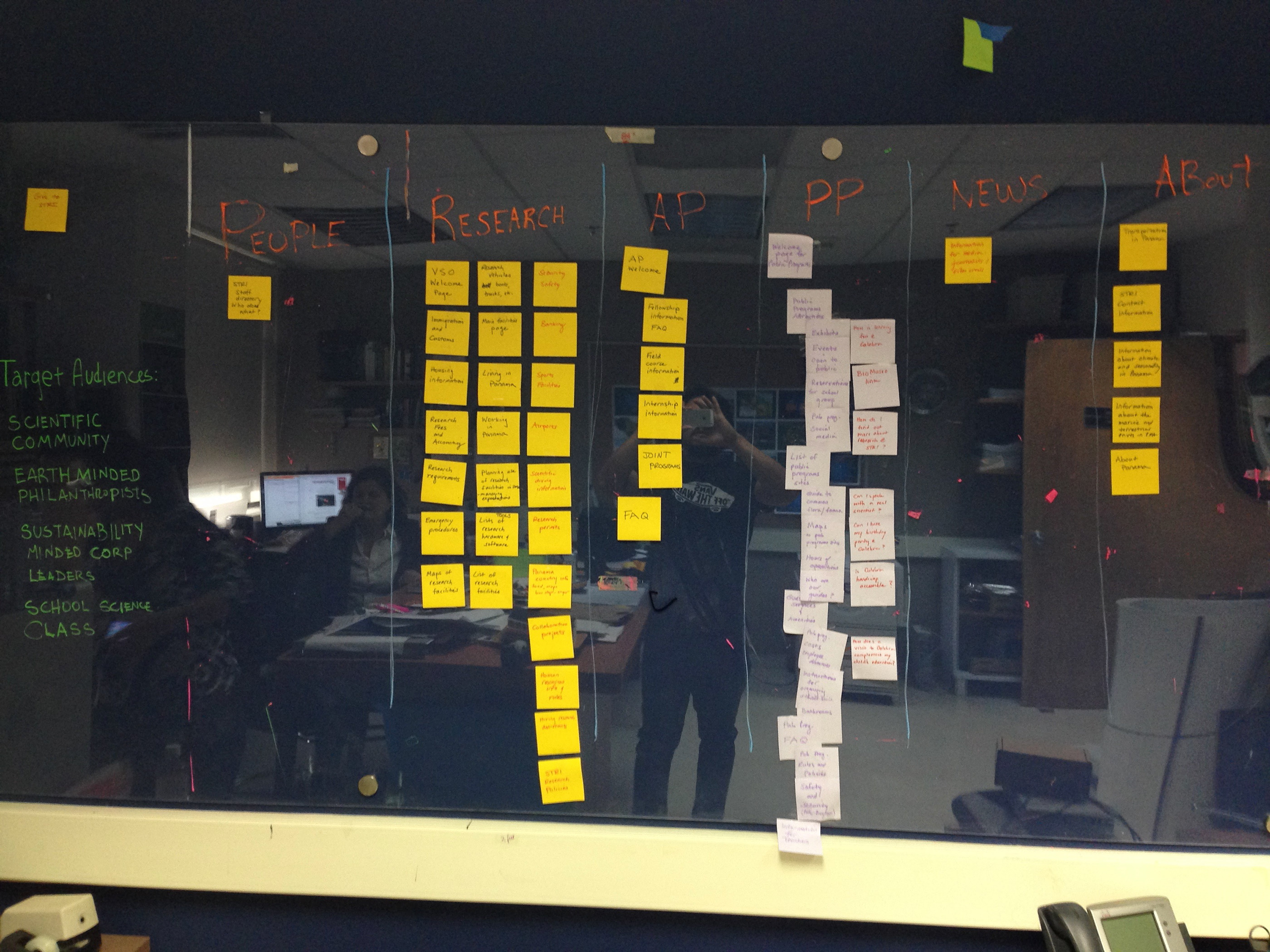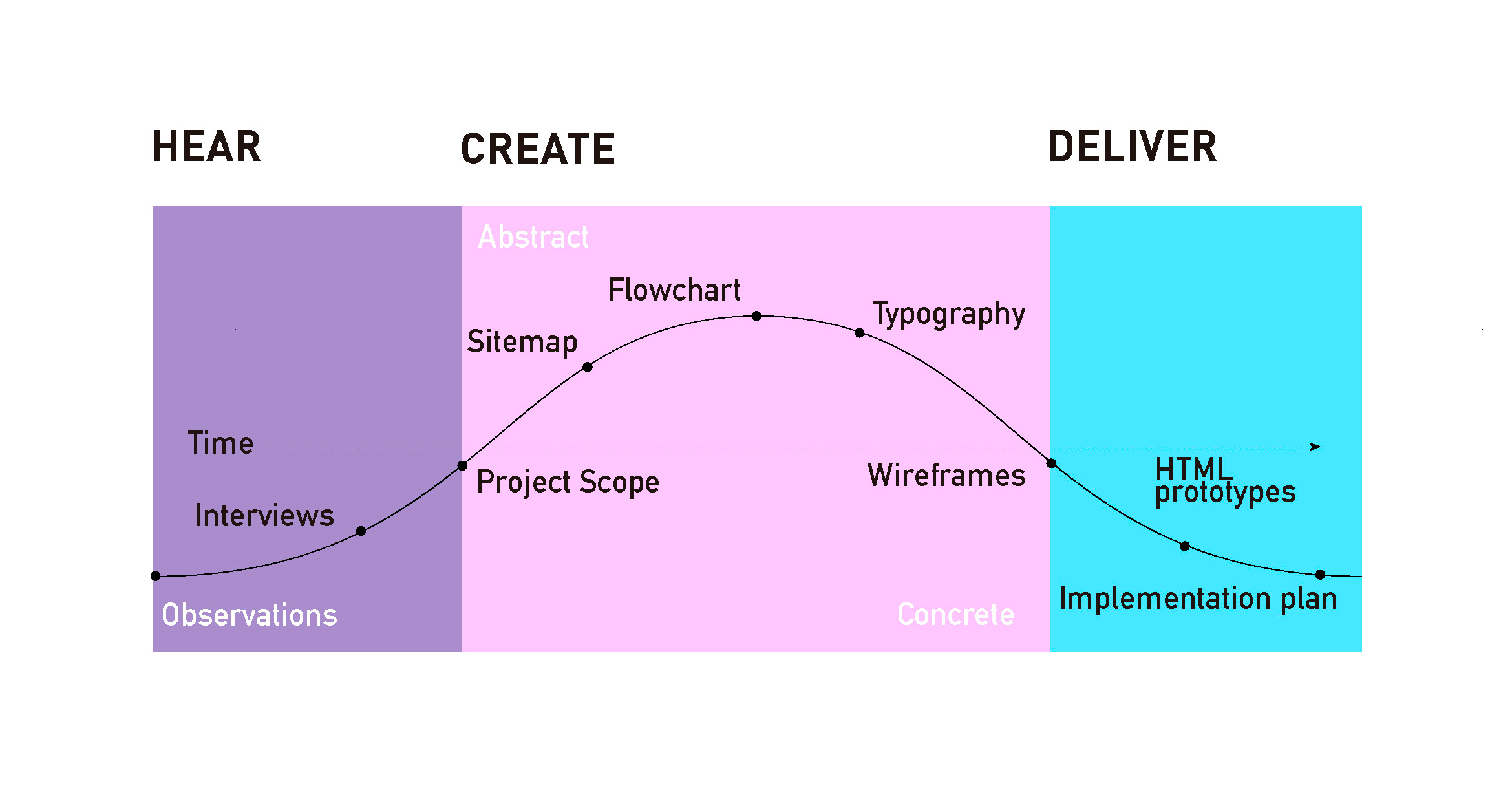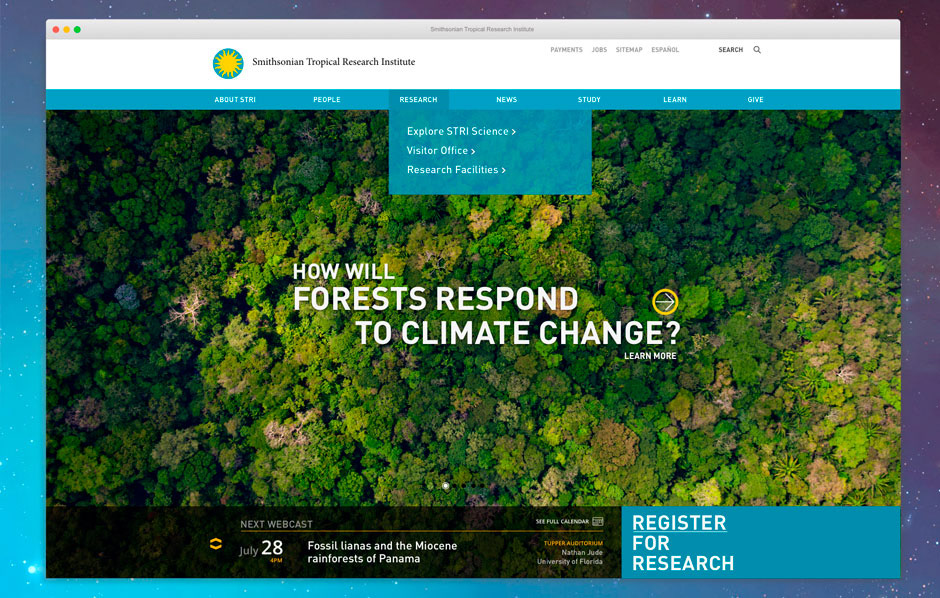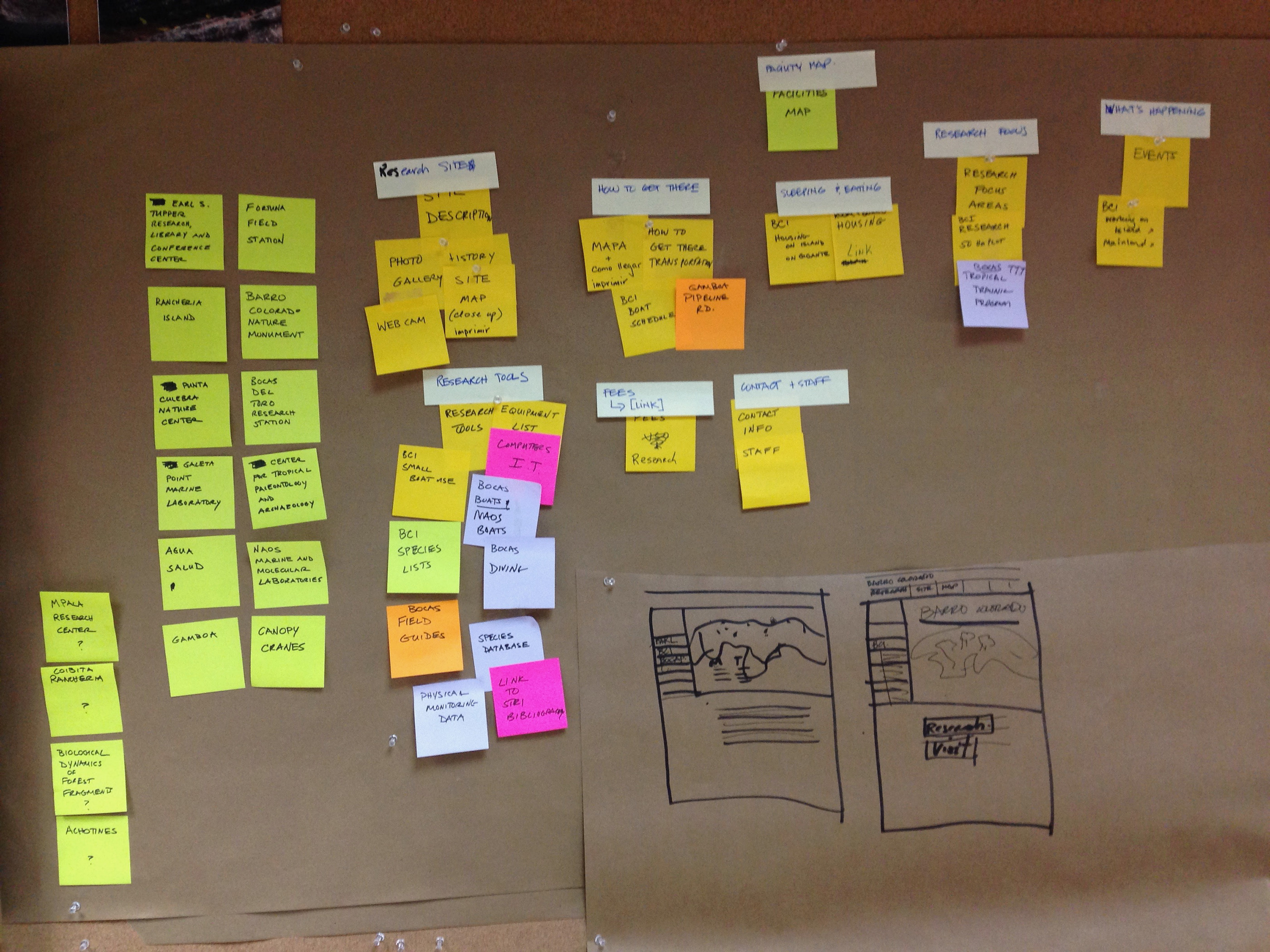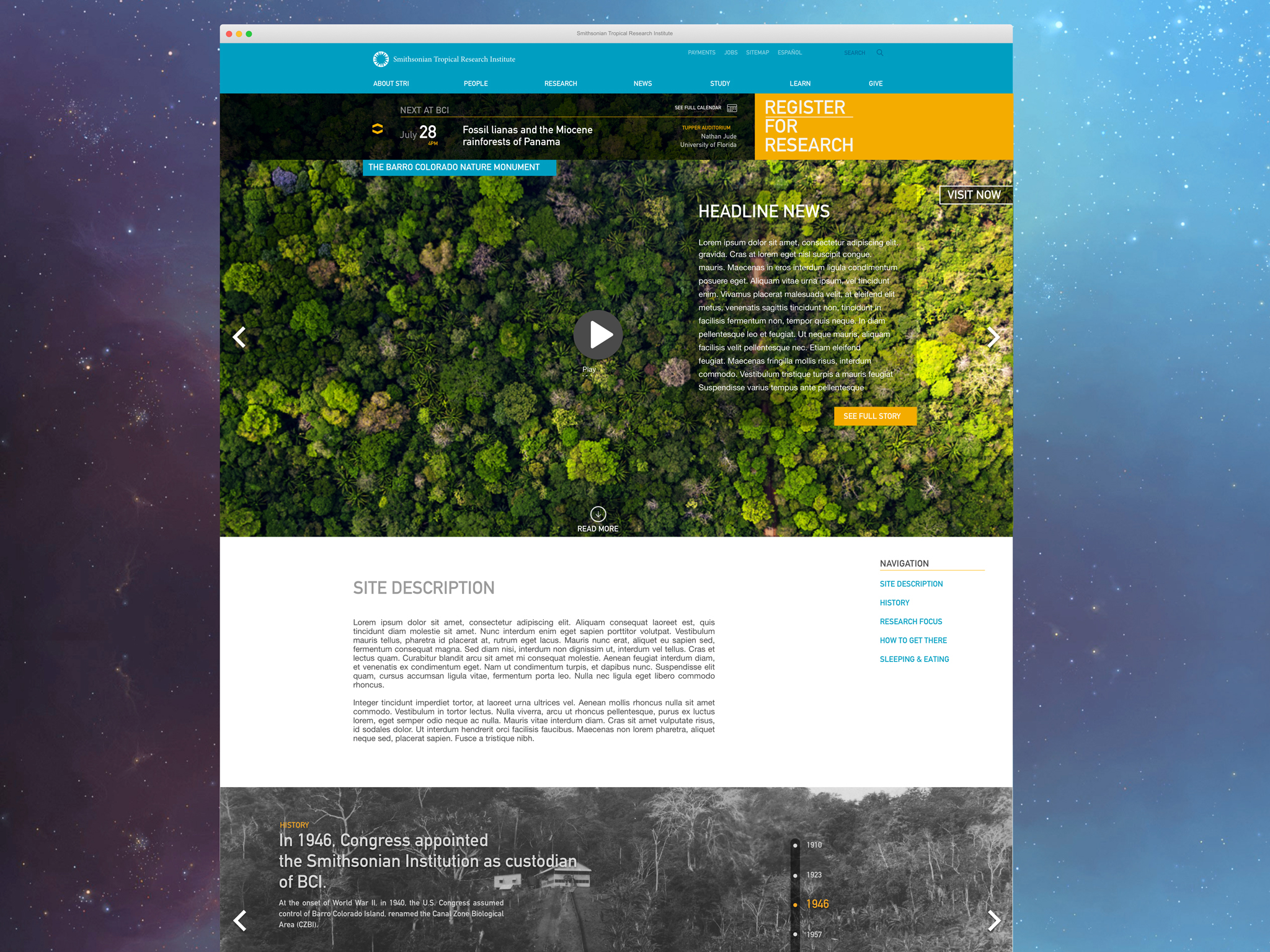Addressing a critical need, I harnessed the power of Tree Testing, a research technique from Optimal Workshops, to enhance content findability on the website. By tailoring content based on user personas, this approach significantly improved the user experience, ensuring that users could locate information with ease.
